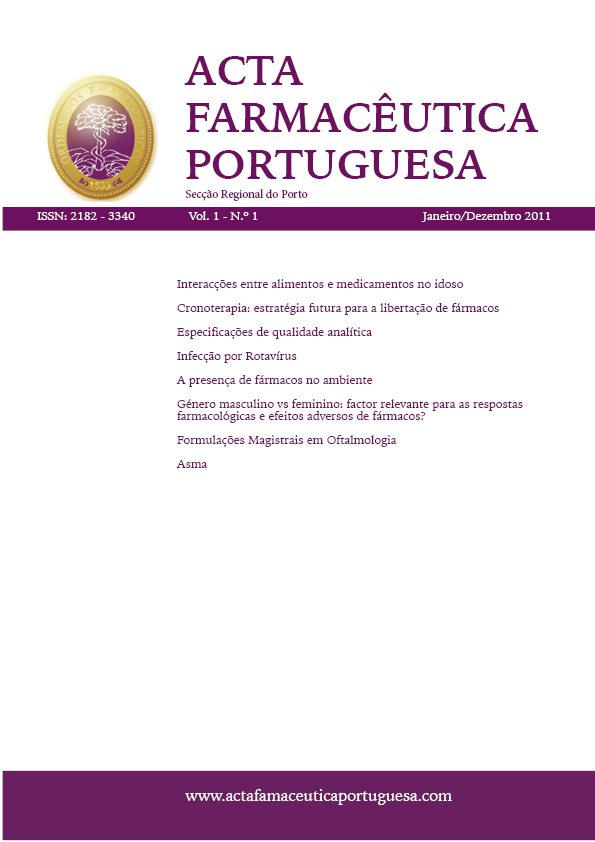Micotoxinas em Portugal: Ocorrência e Toxicidade
Abstract
Food and feed contamination represents a major food safety problem due to its implications on human health. Among the various natural contaminants frequently found in food, mycotoxins have gained particular importance in recent years because of their adverse effects. Mycotoxins are secondary metabolites produced by different molds, mainly from Fusarium, Aspergillus and Penicillium genera, which can occur in a wide range of important food commodities, particularly in cereals and derived products, spices, nuts, wine, coffee,
etc. Nowadays, hundreds of mycotoxins have been identified, but the most important ones are Aflatoxins, Trichothecenes, Ochratoxins, Zearalenone and its metabolites and Fumonisins, due to their high occurrence and toxicity. These toxins are responsible for a broad range of acute and chronic toxic effects, including carcinogenicity, neurotoxicity as well as reproductive and developmental toxicity. Their presence in crops has, moreover, a strong economic impact worldwide, owing the high percentage of crops lost.
Several works revealed a significant contamination degree in a wide variety of matrices, sometimes exceeding the legal established limits. This represents an important public health problem that requires effective monitoring of their presence and the adoption of measures to prevent the entry of these foods in the supply chain.


